How to Convert Grams to Calories: Top Easiest Ways
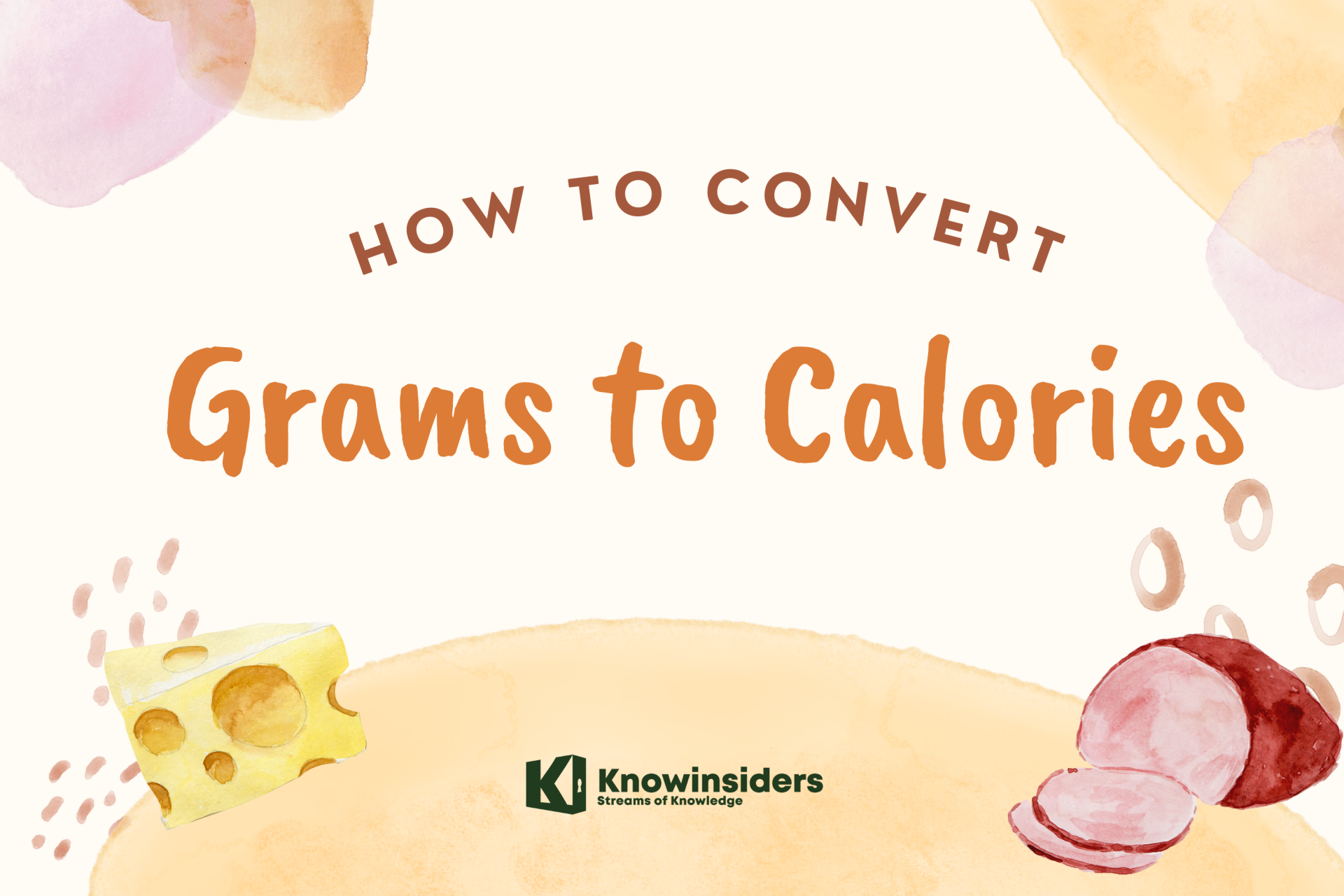 |
| Photo KnowInsiders |
Carbohydrates provide 4 calories per gram, protein provides 4 calories per gram, and fat provides 9 calories per gram. If you know this, you can easily calculate how many calories in one gr of carb, protein and fat.
What is gram?
A gram is a unit of mass in the metric system defined as one thousandth (1 x 10-3) of a kilogram. Originally, the gram was defined as a unit equal to the mass of one cubic centimeter of pure water at 4°C (the temperature at which water has maximum density). The definition was changed when the base units for the International System of Units (SI) were redefined by the 26th General Conference of Weights and Measures. The change went into effect May 20, 2019.
The symbol for the gram is the lowercase letter "g." Incorrect symbols include "gr" (the symbol for grains), "Gm" (the symbol for the gigameter), and "gm" (easily confused with the symbol for the gram-meter, g⋅m).
| Because a gram is a small unit of weight, its size may be difficult for many people to visualize. Here are common examples of objects that have about one gram of mass: A small paperclip A thumbtack A piece of chewing gum One US bill A pen cap One cubic centimeter (milliliter) of water A quarter teaspoon of sugar |
READ MORE: How to Convert Grams to Kilograms
| 1 gram (1 g) = 5 carats (5 ct) 1 gram (1 g) = 10-3 kilograms (10-3 kg) 1 gram (1 g) = 15.43236 grains (gr) 1 troy ounce (ozt) = 31.1035 g 1 gram = 8.98755179×1013 joules (J) 500 grams = 1 Jin (Chinese unit of measurement) 1 avoirdupois ounce (oz) = 28.3495 grams (g) |
What is Calorie and Why we count it?
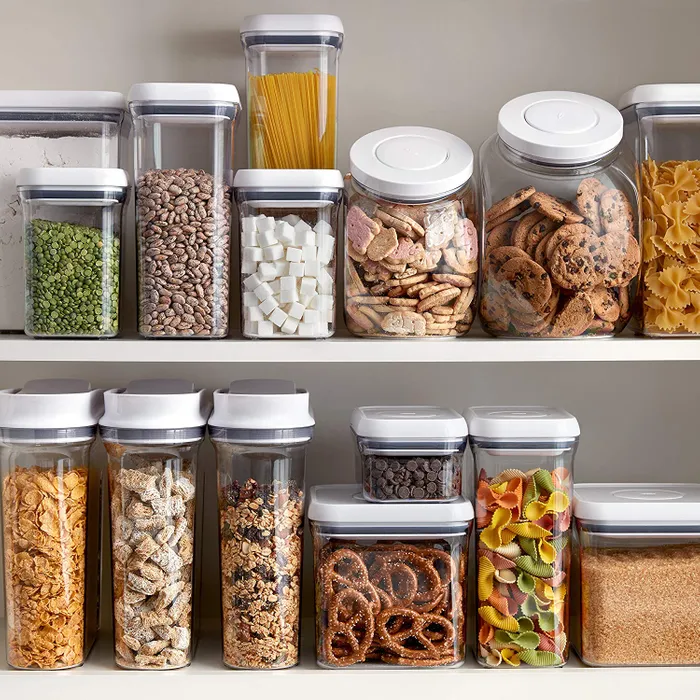 |
| Photo Getty Images |
A calorie is a unit of measurement. Specifically, it is defined as the amount of heat needed to raise the temperature of one gram of water by one degree Celsius.
When the word "calorie" is used in reference to food, people are usually actually talking about the number of kilocalories a specific item has, which is what is listed on nutrition labels.2 One large kilocalorie (kcal) is the equivalent of 1,000 small calories.
The calories we eat supply our bodies with the energy needed to live and stay healthy. Everything we do relies on the energy that comes in the form of calories, whether it is sitting on the couch or running a marathon.
| How many calories should people eat every day? The general range for adult females is 1,600 to 2,400 calories per day. For adult men, it's 2,200 to 3,200 calories daily.4 However, the amount of calories you need depends on a variety of factors such as age and activity level. Using an online calculator can help you determine your individual calorie needs. |
READ MORE: 9 Nutrition Tips for the Elderly
| What percentage of calories should come from each macronutrient? The 2020–2025 Dietary Guidelines for Americans recommend that your diet be split according to these percentages:4 10% to 35% protein 45% to 65% carbohydrates 20% to 35% fat |
What are basic macronutrients we need everyday?
Macronutrients are the nutrients that provide us with the energy (measured in calories) needed by our bodies for growth, metabolism and other functions. The prefix “macro” means large; macronutrients are needed in large quantities in contrast to micronutrients (vitamins and minerals).
Proteins, fats and carbohydrates make up the group of macronutrients. Let us take a moment to briefly look at each of these macronutrients.
Carbohydrates: These are a major source of energy for our bodies and are stored in our muscles and liver for later use. Foods that contain large amounts of carbohydrates include fruits, grains (rice, oats, barley, etc) and roots (potatoes, yams, carrots, etc). Carbohydrates provide 4 Calories of energy per gram. Check out this post to learn more about carbohydrates.
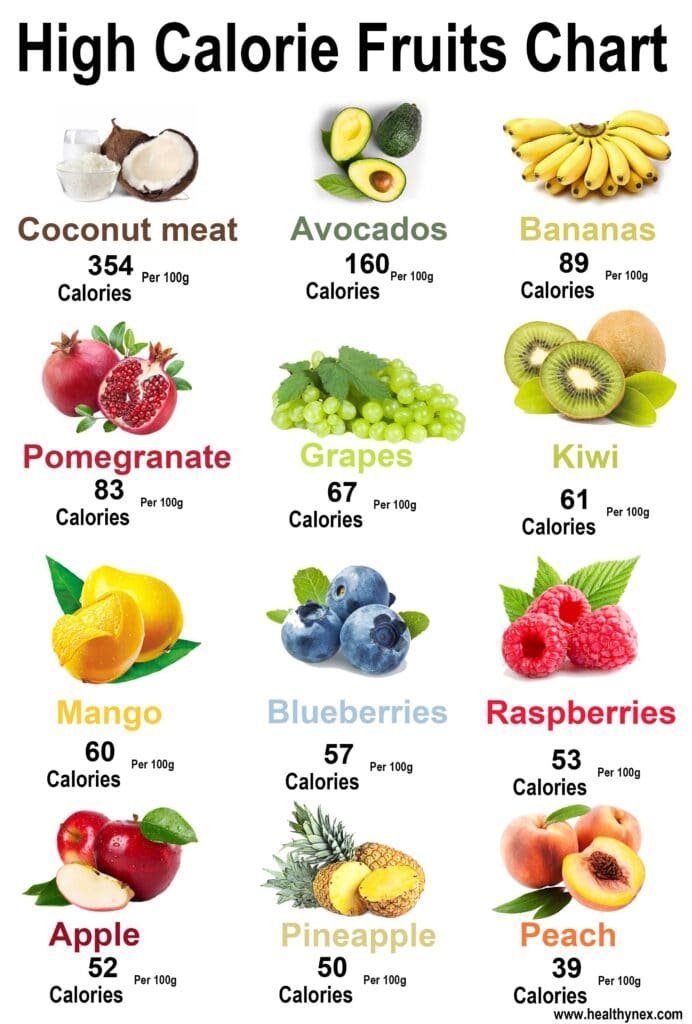 |
| Photo dietnex |
Proteins: Our bodies use proteins to grow tissue and muscle, repair organs and to create hormones and enzymes; proteins are also used for energy when carbohydrates are unavailable. Foods that contain high levels of protein include poultry, fish, beans, diary, nuts and legumes. Proteins provide 4 Calories of energy per gram.
 |
| Photo Pinterest |
Fats: In order to absorb vitamins, our bodies need fats. Foods that contain a high percentage of fat include cooking oils, butter, nuts and cheese. Of the three macronutrients, fats contain the highest number of calories per gram; fats provide 9 Calories of energy per gram.
How Many Calories Per Gram of Fat?
 |
| Photo NDTV |
Each macronutrient (fat, protein and carbohydrates) packs a set number of calories per gram. When it comes to fat, each gram yields 9 calories of energy. So to find out how many calories come from fat, simply multiply the fat grams by 9. If you're looking at a serving of ice cream that contains 15 grams of fat, you'd have:
| 15 grams × 9 calories/gram = 135 calories |
So 15 grams of fat yields 135 calories. Some, but not all, food labels will have this information already displayed right next to the total number of calories per serving.
Percentage of Calories From Fat
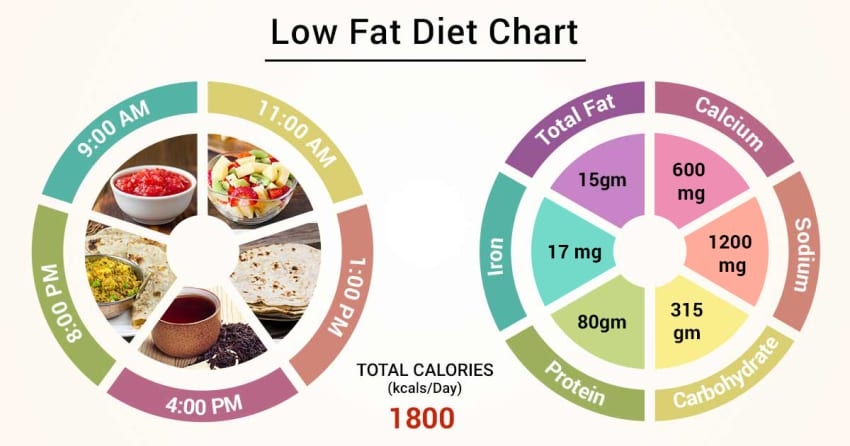 |
| Photo lybrate |
Now that you know how many calories in your favorite food come from fat, perhaps you'd like to know what percentage that is of the food's total calories. In this case, you have to do two simple calculations.
First, divide the number of calories from fat by the total calories. In the case of that ice cream serving, perhaps it has 190 total calories per serving, and you already know that 135 of those come from fat, so you have:
135 ÷ 190 = 0.71
Next, multiply the result you just got by 100 to convert it into a percentage. Continuing the example, this gives you:
0.71 × 100 = 71%
So, 71 percent of the ice cream's calories come from fat.
| Tip Remember that nutrition labels list the calories and macronutrient breakdown per serving, not per container, and servings are often much smaller than most people expect. |
| What are empty calories? Foods that offer the body very little nutrition, if any, are said to provide empty calories. Soda, chips, and baked desserts all fall into this category. |
How Many Calories Per Gram of Protein and Carb?
You can use the same procedure to calculate calories (and calorie percentages) for protein and carbohydrates. But there's a catch: Protein and carbohydrates don't pack 9 calories per gram; they only have 4 calories per gram. So instead of multiplying grams of protein or carbohydrates by 9, you multiply them by 4. For example, if a bowl of cereal has 30 grams of carbohydrates per serving, you'd have:
| 30 grams × 4 calories/gram = 120 calories |
So each serving gets 120 calories from carbohydrates.
Gram to Calorie Conversion Table
| Gram measurements converted to calories | |
|---|---|
| Grams | Calories |
| 1 g | 7.7162 kcal |
| 2 g | 15.43 kcal |
| 3 g | 23.15 kcal |
| 4 g | 30.86 kcal |
| 5 g | 38.58 kcal |
| 6 g | 46.3 kcal |
| 7 g | 54.01 kcal |
| 8 g | 61.73 kcal |
| 9 g | 69.45 kcal |
| 10 g | 77.16 kcal |
| 11 g | 84.88 kcal |
| 12 g | 92.59 kcal |
| 13 g | 100.31 kcal |
| 14 g | 108.03 kcal |
| 15 g | 115.74 kcal |
| 16 g | 123.46 kcal |
| 17 g | 131.18 kcal |
| 18 g | 138.89 kcal |
| 19 g | 146.61 kcal |
| 20 g | 154.32 kcal |
| 21 g | 162.04 kcal |
| 22 g | 169.76 kcal |
| 23 g | 177.47 kcal |
| 24 g | 185.19 kcal |
| 25 g | 192.9 kcal |
| 26 g | 200.62 kcal |
| 27 g | 208.34 kcal |
| 28 g | 216.05 kcal |
| 29 g | 223.77 kcal |
| 30 g | 231.49 kcal |
| 31 g | 239.2 kcal |
| 32 g | 246.92 kcal |
| 33 g | 254.63 kcal |
| 34 g | 262.35 kcal |
| 35 g | 270.07 kcal |
| 36 g | 277.78 kcal |
| 37 g | 285.5 kcal |
| 38 g | 293.21 kcal |
| 39 g | 300.93 kcal |
| 40 g | 308.65 kcal |
Calculating Your Macronutrients
Now that we have introduced the basics of macronutrients, you can proceed with calculating your macronutrients using the following four (4) steps.
Step 1 – TDEE: Determine your Total Daily Energy Expenditure (TDEE). Check out our post Calories: How Many Do I Need? if you need help determining your TDEE.
Step 2 – Proteins: Estimate your required protein intake by choosing a percentage from the range in the table above (Table 1) and multiplying it by your TDEE. Alternatively, determine how many grams of protein per pound of body weight you need based on your physical activity level. The following chart from Bodybuilding.com recommends protein levels based on physical activity level/lifestyle.
Example Calculation: An adult weighing 150 lbs who exercises recreationally, based on Table 2 above, would need 0.75 grams of protein per pound of body weight.
Daily Protein Intake (in grams) = 0.75 grams per lbs x 150 lbs = 112.5 grams of protein
Next, convert your protein intake from grams to Calories; to do this conversion, multiply your daily protein intake (in grams) by 4.
Example Calculation: Using the result in the previous example
Daily Protein Intake (in Calories) = 112.5 grams of protein x 4 Calories per gram = 450 Calories from protein
Step 3 – Fats: Decide what percentage of your diet will be fat; select a percentage between 15% and 35%. Multiply this percentage by your TDEE to get your fat intake in Calories. Convert this value from Calories to grams by dividing it by 9; 1 gram of fat provides 9 Calories.
Example Calculation: With a TDEE of 2,475 Calories and a desired fat composition of 20%
Daily Fat Intake (in Calories) = 20% x 2,475 Calories = 495 Calories from fat
Daily Fat Intake (in grams) = 495 Calories ÷ 9 Calories per gram = 55 grams of fat
Step 4 – Carbohydrates: Subtract your fat and protein intake values (in Calories) from your TDEE to calculate your required carbohydrate intake.
Example Calculation: Using the values from the examples in steps 2 and 3:
Daily Carbohydrate Intake (in Calories) = TDEE – (Protein Intake + Fat Intake) = 2,475 Calories – (495 + 450) Calories = 1,530 Calories
Convert the carbohydrate intake from Calories to grams by dividing by 4; carbohydrates provide 4 Calories per gram.
Daily Carbohydrate Intake (in grams) = 1,530 Calories ÷ 4 Calories per gram = 382.5 grams
| How many calories per day are recommended for weight loss? Everyone is different, so the number of calories you need to lose weight depends on your sex, age, activity level, and more. Reducing your calorie intake by 500 calories per day is often recommended, but it's better to personalize your calorie goal.13 To do that, you can use a weight loss calculator or consult with a registered dietitian. |
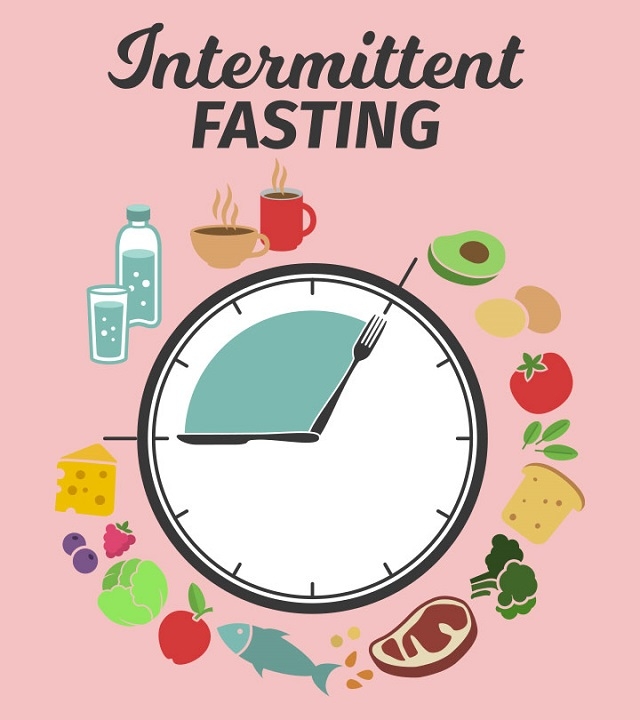 Is Intermittent Fasting Best Way to Lose Weight? New Study Reveals The Truth Is Intermittent Fasting Best Way to Lose Weight? New Study Reveals The Truth Intermittent fasting has grown in popularity as a quick way to shed pounds, but a new study finds this dieting approach may not be as ... |
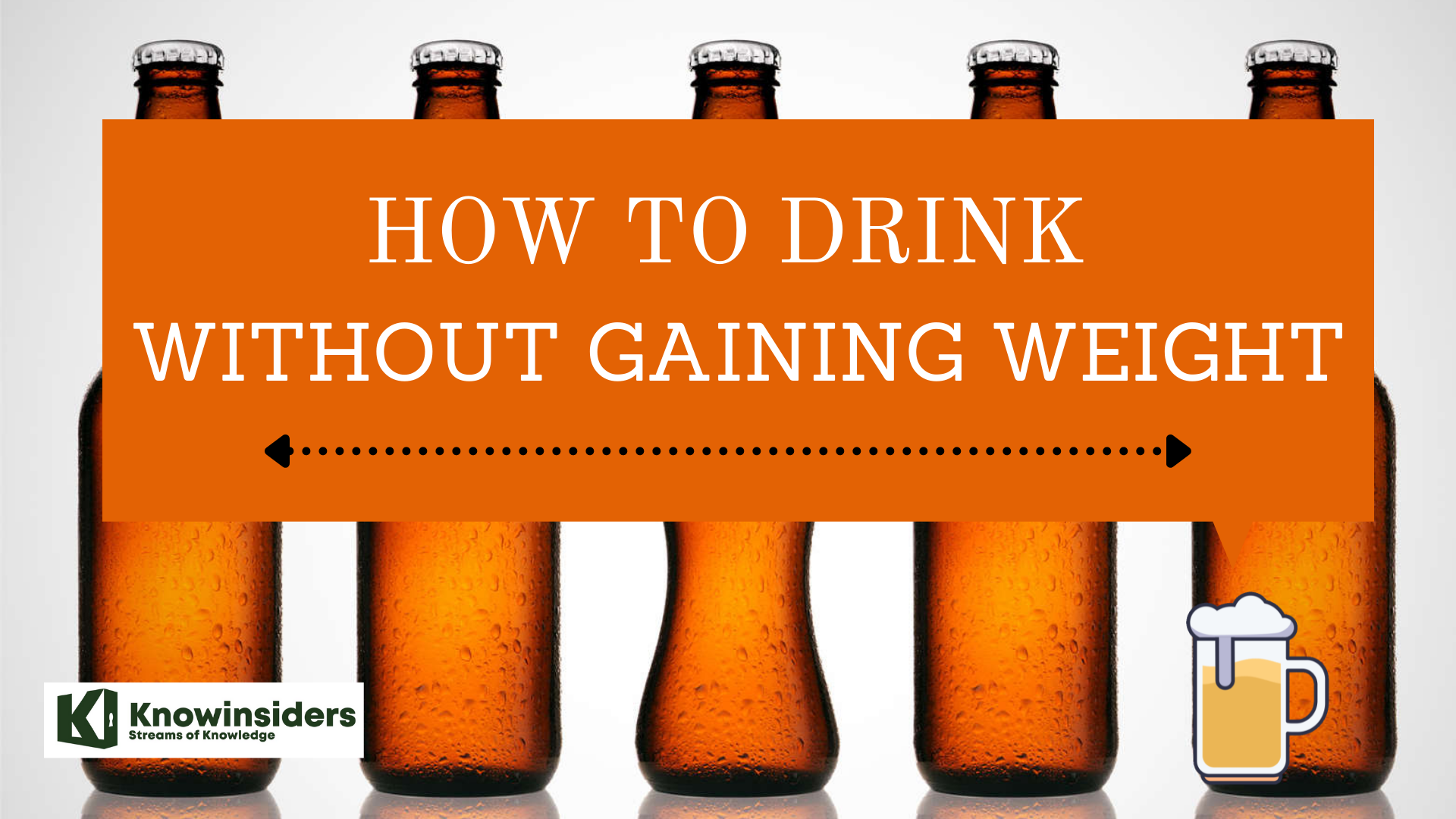 How To Drink Beer Without Gaining Weight How To Drink Beer Without Gaining Weight You love drinking beers, but dont want to have a fat belly or gain weight for an energetic summer. The article below will give ... |
 Best WAYS to Lose Weight by Doing Exercise? Best WAYS to Lose Weight by Doing Exercise? Aside from dieting, exercising is one of the most common strategies employed by those trying to shed extra pounds. It burns calories, and this plays ... |
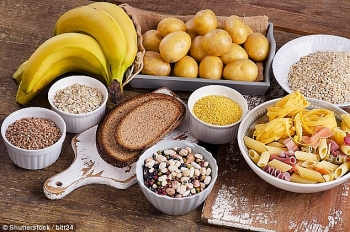 Top 11 Tips to Gain Weight for Skinny Women Top 11 Tips to Gain Weight for Skinny Women While most women all over the world are struggling with overweight, gaining weight is also a challenging task for skinny women. Here are some tips ... |



























